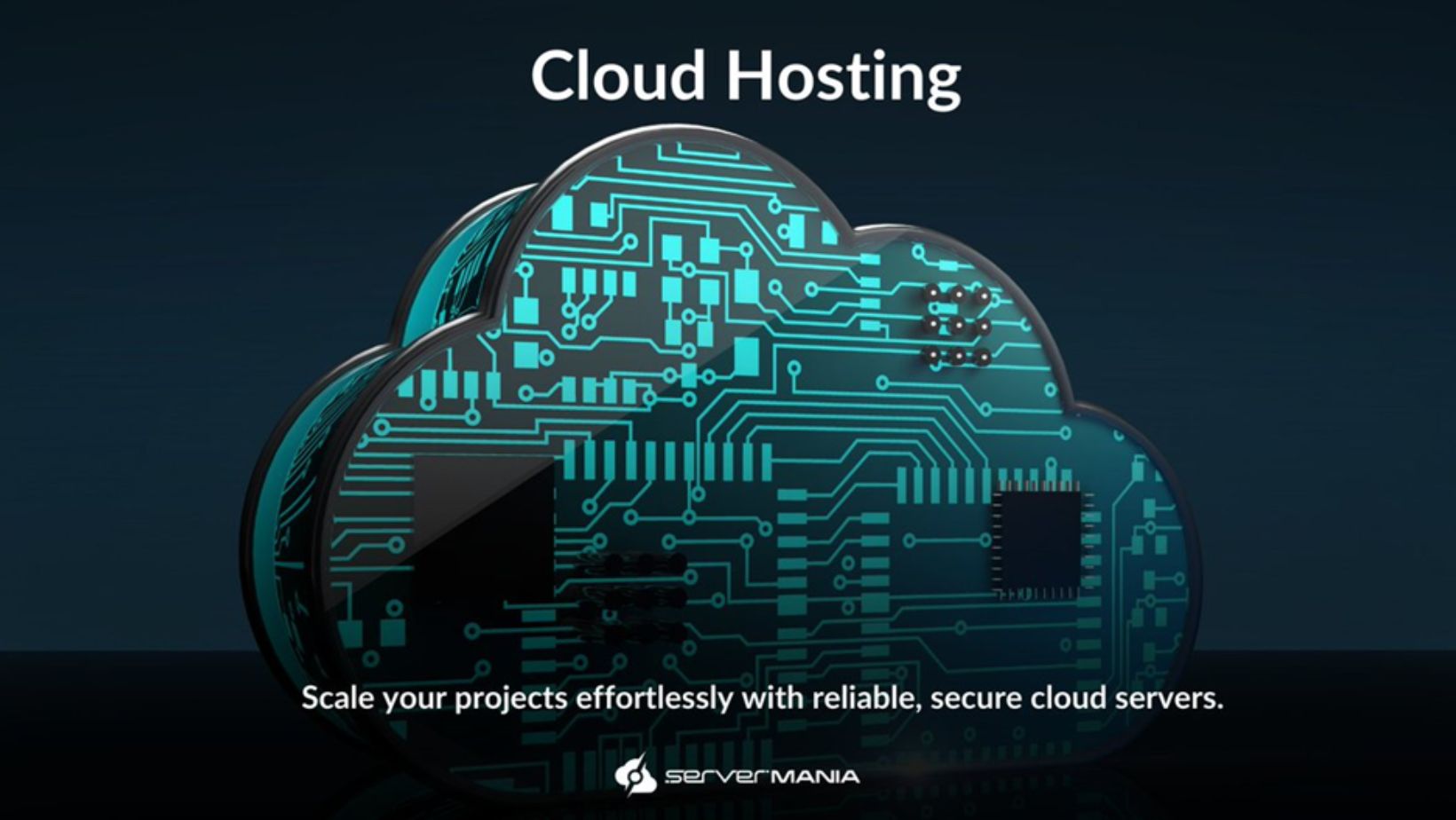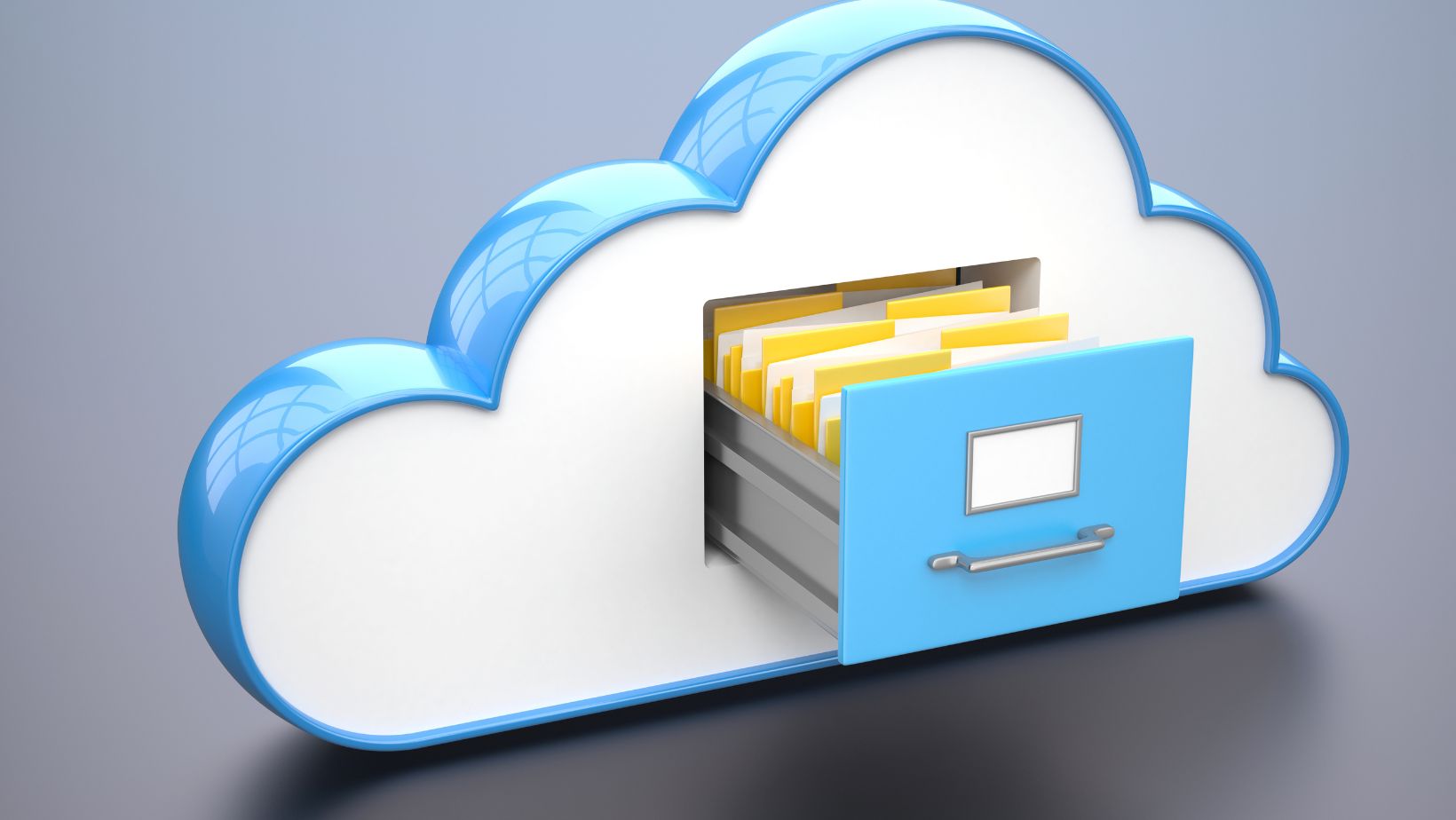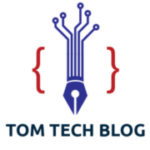IAAS Cloud Hosting: Transforming Modern Business Infrastructure

Infrastructure as a Service (IaaS) has revolutionized how businesses approach their IT infrastructure needs. This comprehensive guide explores the benefits, challenges, and considerations of IaaS cloud hosting, helping you make informed decisions about your cloud strategy.
Understanding IaaS Cloud Hosting
Infrastructure as a Service represents the most flexible and comprehensive cloud computing model. Unlike Platform as a Service (PaaS) or Software as a Service (SaaS), IaaS provides complete control over your computing infrastructure through virtualization technology.
Core Components of IaaS
- Compute Resources
- Virtual machines with configurable CPU and RAM
- Scalable processing power
- Virtual server instances
- Load balancing capabilities
- Storage Solutions
- Block storage
- Object storage
- File storage systems
- Backup and recovery options
- Networking
- Virtual private networks (VPNs)
- Load balancers
- IP addresses
- Firewalls and security groups
Benefits of IaaS Cloud Hosting
Cost Efficiency
IaaS eliminates the need for significant upfront hardware investments. Organizations pay only for the resources they use, making it particularly attractive for businesses with varying workload demands.
Scalability
One of the most compelling advantages of IaaS is its scalability. The ServerMania IAAS Cloud and similar providers offer the ability to scale resources up or down based on demand, ensuring optimal performance during peak times while minimizing costs during slower periods.
Flexibility and Control
IaaS provides greater control over your infrastructure compared to other cloud services:
- Choice of operating systems
- Custom application deployment
- Complete infrastructure management
- Resource allocation control
Reliability and Redundancy
Modern IaaS platforms offer:
- High availability
- Automatic failover
- Geographic redundancy
- Data backup and disaster recovery
Key Considerations When Choosing an IaaS Provider
Performance Metrics
Evaluate providers based on:
- Server response times
- Network latency
- Storage IOPS
- Available bandwidth
- Uptime guarantees
Security Features
Look for providers offering:
- DDoS protection
- Encryption at rest and in transit
- Identity and access management

- Security compliance certifications
- Regular security audits
Pricing Structure
Understand the cost implications of:
- Resource usage billing
- Network transfer costs
- Storage pricing
- Additional service fees
- Support costs
Geographic Presence
Consider:
- Data center locations
- Network connectivity
- Regional compliance requirements
- Latency to target markets
Implementation Best Practices
Planning Your Migration
- Assessment
- Inventory current infrastructure
- Identify dependencies
- Set performance benchmarks
- Define success metrics
- Architecture Design
- Choose appropriate instance types
- Plan network topology
- Design security architecture
- Configure storage solutions
- Migration Strategy
- Phase-based approach
- Testing procedures
- Rollback plans
- Performance monitoring
Optimization Techniques
Resource Management
- Implement auto-scaling policies
- Monitor resource utilization
- Use scheduled scaling for predictable workloads
- Optimize instance sizes
Cost Control
- Use reserved instances for stable workloads
- Implement proper tagging for cost allocation
- Set up billing alerts
- Regular cost analysis and optimization
Security Implementation
- Regular security audits
- Proper access control
- Network segmentation
- Encryption implementation
Common Challenges and Solutions
Security Concerns
- Implementation of robust security policies
- Regular security assessments
- Employee training
- Incident response planning
Performance Management
- Proper monitoring tools
- Performance optimization
- Load balancing
- Cache implementation
Cost Control
- Resource utilization monitoring
- Automated scaling policies

- Reserved instance planning
- Regular cost analysis
Future of IaaS Cloud Hosting
Emerging Trends
- Hybrid Cloud Integration
- Seamless public-private cloud integration
- Multi-cloud strategies
- Edge computing integration
- Artificial Intelligence and Machine Learning
- Automated resource optimization
- Predictive scaling
- Intelligent security measures
- Container Integration
- Kubernetes support
- Microservices architecture
- Container orchestration
Conclusion
IaaS cloud hosting continues to evolve and provide businesses with flexible, scalable, and cost-effective infrastructure solutions. Success with IaaS requires careful planning, proper implementation, and ongoing optimization. By understanding the key aspects of IaaS and following best practices, organizations can leverage this technology to drive innovation and maintain competitive advantage in today’s digital landscape.
Whether you’re considering migrating to IaaS or looking to optimize your existing cloud infrastructure, focus on selecting a provider that aligns with your business needs, offers robust security features, and provides the scalability required for your growth trajectory. Regular assessment and optimization of your IaaS implementation will ensure you continue to receive maximum value from your cloud investment.



